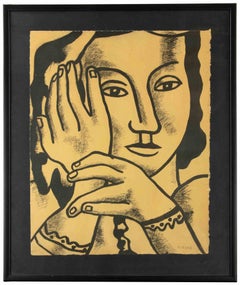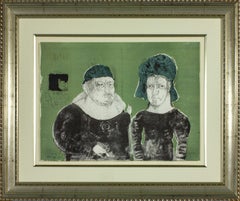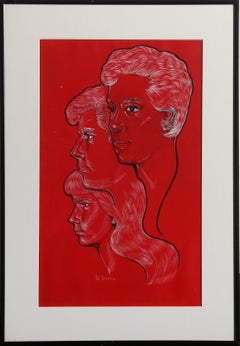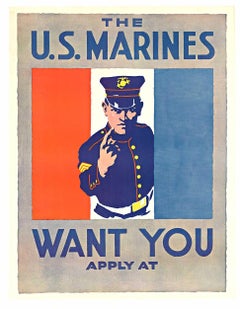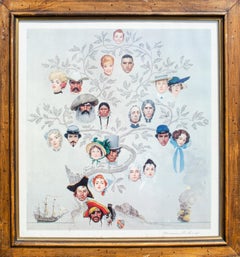Face Portrait Prints
1940s Modern Figurative Prints
Lithograph
1950s Contemporary Figurative Prints
Lithograph
1960s Other Art Style Figurative Prints
Lithograph
Mid-20th Century Modern Portrait Prints
Lithograph
1910s American Realist Portrait Prints
Lithograph
1920s American Modern Figurative Prints
Lithograph
Mid-20th Century Modern Figurative Prints
Etching, Aquatint
Early 20th Century Other Art Style Portrait Prints
Washi Paper, Woodcut
1940s American Impressionist Portrait Prints
Lithograph
1970s American Realist Portrait Prints
Color, Screen
1980s Pop Art Portrait Prints
Offset, Lithograph
Early 20th Century Victorian Portrait Prints
Lithograph
1910s American Modern Portrait Prints
Lithograph
1980s Surrealist Figurative Prints
Paper, Lithograph
1940s Modern Portrait Prints
Lithograph
1920s Modern Portrait Prints
Lithograph
1960s Pop Art Figurative Prints
Screen
Early 2000s Contemporary Portrait Prints
Lithograph, Screen
Early 2000s Contemporary Portrait Prints
Paper, Ink, Mixed Media, Lithograph, Offset
2010s Pop Art Portrait Prints
Color, Archival Pigment
1960s Surrealist Figurative Prints
Paper, Lithograph
1970s Surrealist Portrait Prints
Lithograph
1960s Modern Portrait Prints
Lithograph
1990s Contemporary Portrait Prints
Lithograph
1960s Expressionist Portrait Prints
Lithograph
2010s Pop Art Portrait Paintings
Mixed Media, Pigment, Archival Pigment
21st Century and Contemporary Contemporary Portrait Prints
Archival Pigment
1940s American Realist Portrait Prints
Offset
Early 19th Century English School Figurative Prints
Handmade Paper, Lithograph
1920s Expressionist Portrait Prints
Lithograph
Late 19th Century Modern Portrait Prints
Etching
1950s Modern Figurative Prints
Lithograph
Mid-19th Century Realist Portrait Prints
Lithograph, Paper
1990s Surrealist Figurative Prints
Laid Paper, Screen
1990s Contemporary Figurative Prints
Etching
1930s Modern Figurative Prints
Etching
1940s Modern Figurative Prints
Lithograph
1840s Modern Figurative Prints
Paper, Woodcut
1850s Contemporary Figurative Prints
Etching
1980s Portrait Prints
Paper
1950s Surrealist Portrait Prints
Rice Paper, Woodcut
1990s Contemporary Portrait Prints
Woodcut
2010s Pop Art Portrait Prints
Archival Pigment
2010s Pop Art Portrait Prints
Enamel
Mid-19th Century Naturalistic Portrait Prints
Engraving
1970s Pop Art Figurative Prints
Screen
1950s American Modern Portrait Prints
Offset
2010s Contemporary Portrait Prints
Offset
1940s Modern Figurative Prints
Lithograph
Early 2000s Contemporary Figurative Prints
Color, Lithograph
2010s Contemporary Portrait Prints
Enamel
1920s Modern Portrait Prints
Lithograph
Mid-20th Century Modern Figurative Prints
Etching
1920s Portrait Prints
Lithograph
1960s Modern Portrait Prints
Lithograph
2010s Pop Art Portrait Prints
Screen, Cotton Canvas, Acrylic, Archival Paper
1880s Edo Figurative Prints
Paper, Ink, Woodcut
1970s Contemporary Interior Prints
Engraving, Etching
2010s Street Art Portrait Paintings
Mixed Media, Pigment, Archival Pigment
1910s American Impressionist Portrait Prints
Lithograph
